Using Unsecured Cards to Build Credit
An All Too Common Tale …
If you have a credit score below 600 on your credit reports chances are you want to rebuild that score.
Any number of issues may have contributed to that score going below the 600-point line. Anything from late payments to a foreclosure to a bankruptcy. All of these issues are common for millions of Americans.
And getting a credit card with such a score can be extremely difficult. Many credit card marketers calculate risk, and low scores don’t hit the benchmark they are looking for in terms of who they offer plastic to.
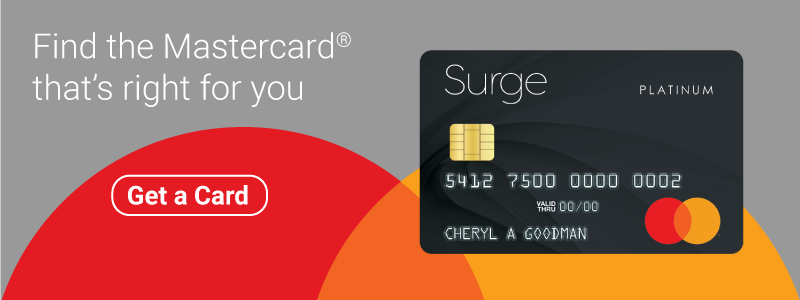
Whether the lending institutions want protection from fraud or simply want to avoid large amounts of delinquent payments, the risk associated with low scores keeps credit card marketers away.
But Americans with less than perfect credit are a large demographic. And those people quite often need a loan or a line of credit.
There used to be a large push in the credit industry for that level of customer. But the industry moved away after changes in the laws happened in 2009.
Now credit marketers tend to focus on the prime and super-prime markets. They go after elite borrowers, tantalizing them with enticing travel offers, robust cash rewards card programs and seductive sign up bonuses.
People with bad credit or a less than stellar borrowing history are left out in the cold.
They aren’t applying to get a credit card that will give them a free vacation to the Bahamas. More than a third of the country isn’t even prepared to handle an unexpected $400 expense.
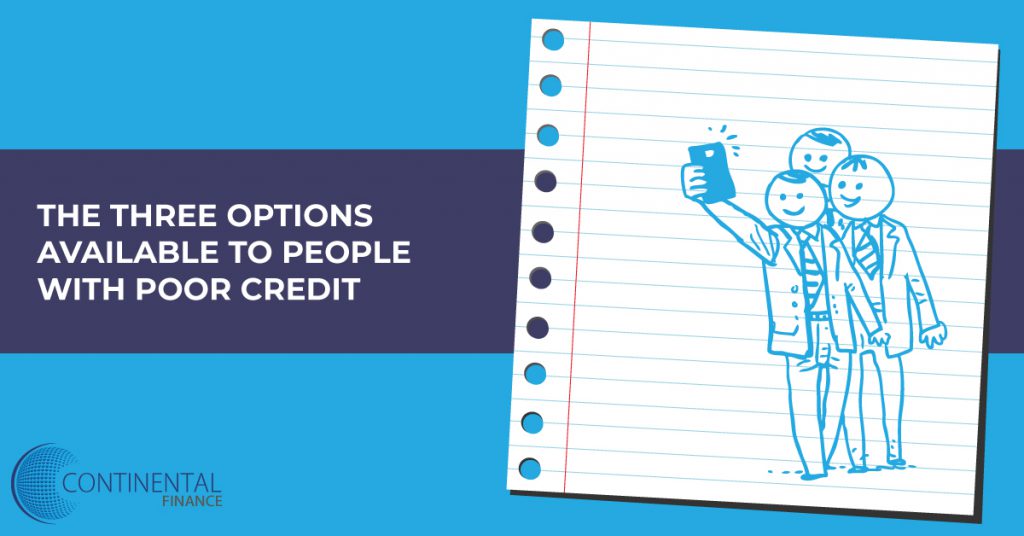
So What Are the Options?
Many times people who struggle with poor credit scores are given very few options to help them rebuild, repair or establish their credit history.
There are three options in particular that we’re going to look into:
- Payday loans
- Secured credit cards
- Unsecured credit cards
Payday Loans Don’t Often Help With Credit Scores
Payday loans are a common source of financial assistance made readily available to those with bad credit.
But these loans come jam-packed with exorbitant interest rates and fees upon fees. They often end up harming a person’s credit score even further.
- Many Americans with subprime credit scores don’t have access to credit cards or any other reasonably priced way of borrowing money.
- Income volatility has doubled in the past 30 years, and as a result many of these people are unprepared to cover unexpected expenses that pop up, like medical bills or car repairs.
- Instead, when they’re cash crunched, they often turn to expensive options like payday loans, which commonly charge interest rates of 400%.
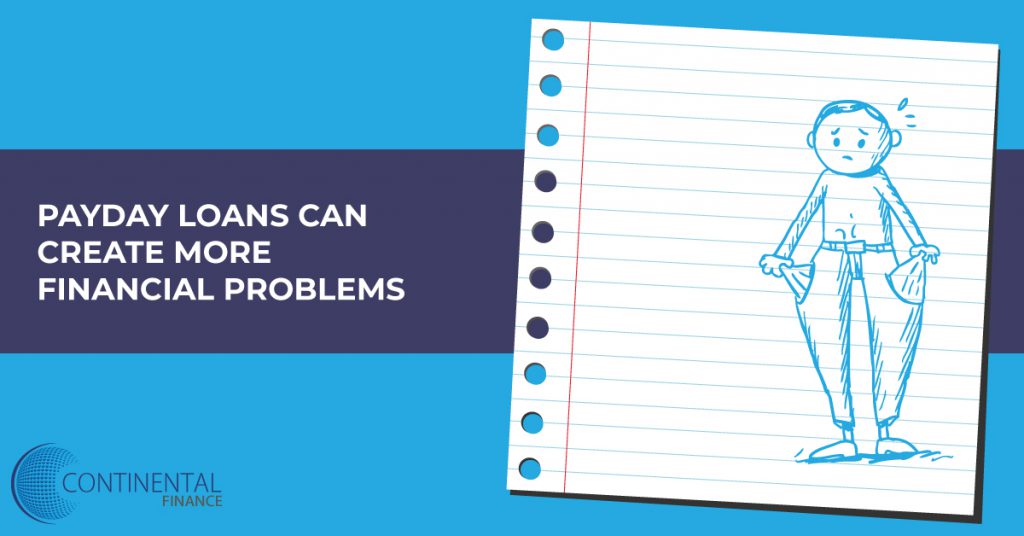
But that kind of loan only leads to bigger financial troubles and often has a negative impact on someone’s credit score.
Which is why many websites and financial experts will recommend these borrowers turn instead to a “secured” credit card.
In a previous article we dove into the difference between secured and unsecured debt. That was more of a general overview of the differences, but here we want to really take a hard look at secured or unsecured credit card to build credit.
The Caveats of Using Secured Cards to Build Credit
Many credit card comparison websites laud secured cards as the path to rebuilding or repairing a credit score below 600 points. So many times even when you do a search for “best unsecured credit cards for building credit” you will still only find a website pushing you toward a secured card offer.
This is a direct result of two key factors:
- First, they are in an affiliate marketing partnership with some of those card marketers , and thus are being paid to promote those cards.
- Second, because the sub-prime market was radically affected by law changes in 2009, these sites have a lot of secured card offers to promote and practically no unsecured card offers.
In other words, there’s a whole lot of apples, and very few oranges. So when an orange is being offered, they just get compared to all of the apples.
As Credit Review Site “Ask Mr. Credit Card” states in a comparison of unsecured credit cards rates and fees: “There are a few sub-prime cards today (though much few than before the 2008 financial crisis) that we should compare this card to.”
This skews the comparison and makes the few unsecured credit cards being offered in the sub-prime space look far worse than they actually are.
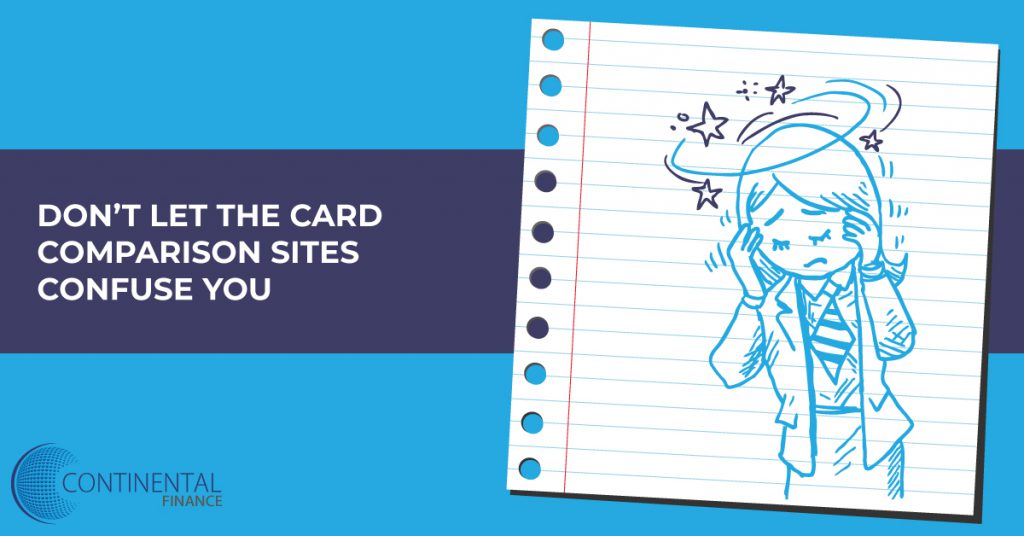
Taking unsecured credit cards out of the comparison for a moment, be careful when comparing secured credit cards.
While many of the comparison sites knock unsecured cards for high fees, there are usually fees involved with secured cards as well.
Those fees can still take up a large amount of available credit, making it difficult to make regular small purchases that help maintain low credit utilization. This is often touted as one of the problems with the unsecured options offered at sub-prime levels.
Also, pay attention to your credit score from month to month. Make sure that your secured card activity is being reported to the major credit bureaus, because you can’t rebuild your credit if it is not being regularly reported.
Secured cards are typically just a stop gap measure. And quite often the advice given on using them to rebuild a low credit score is one of two statements:
- “Keep an eye on your credit score and when your credit is sufficient to make a switch, move from a secured to an unsecured card. ”
- “If you have enough credit to qualify in the beginning, go with an unsecured card.”
Using Unsecured Credit Cards to Establish Credit
That brings us to using unsecured credit cards to help build credit. As mentioned the secured vs unsecured credit card credit score debate rages on credit card comparison sites.
You’ll find dozens of articles talking about the best card to build credit 2019 or promoting the credit cards to build credit 2019. And more often than not the articles steer you toward a secured card.
But the ultimate destination for people looking to re-establish their credit is still heralded as an unsecured card.
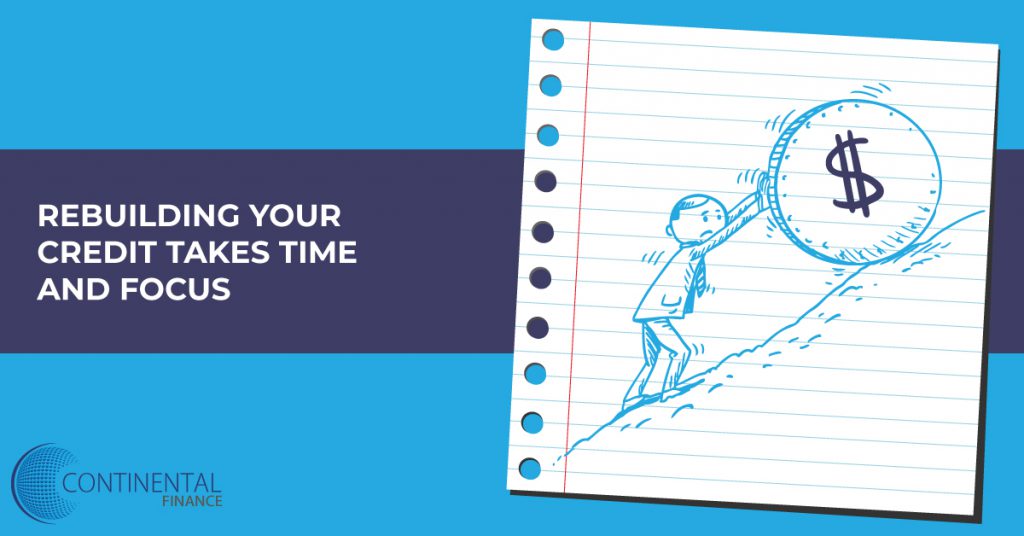
Unsecured cards are where everyone is either at or wants to be. These cards are what higher tiers of borrowers want and the best cards being offered to elite borrowers are unsecured cards.
Note: Just in case you were wondering what is an unsecured credit card? Google defines it as “Unsecured credit cards are the most common type of credit cards. They are not secured by collateral. That means that unlike secured loans, such as mortgages or auto loans, unsecured credit cards are not directly connected to property that a lender can seize of the cardholder fails to pay.”
What this all boils down to is credit card comparison sites are going to criticize the credit cards being offered to people with lower credit scores for having:
- High APR
- Lower or minimum credit lines
- Monthly maintenance fees
- Annual fees
- Difficult processes for balance transfers
- And other miscellaneous issues usually revolving around standard fees like credit card cash advance fees or foreign transaction fees
But when you start to compare apples to apples and oranges to oranges you’ll see that this criticism rings hollow. The unsecured credit cards being offered at the sub-prime level all share a lot of the same characteristics.
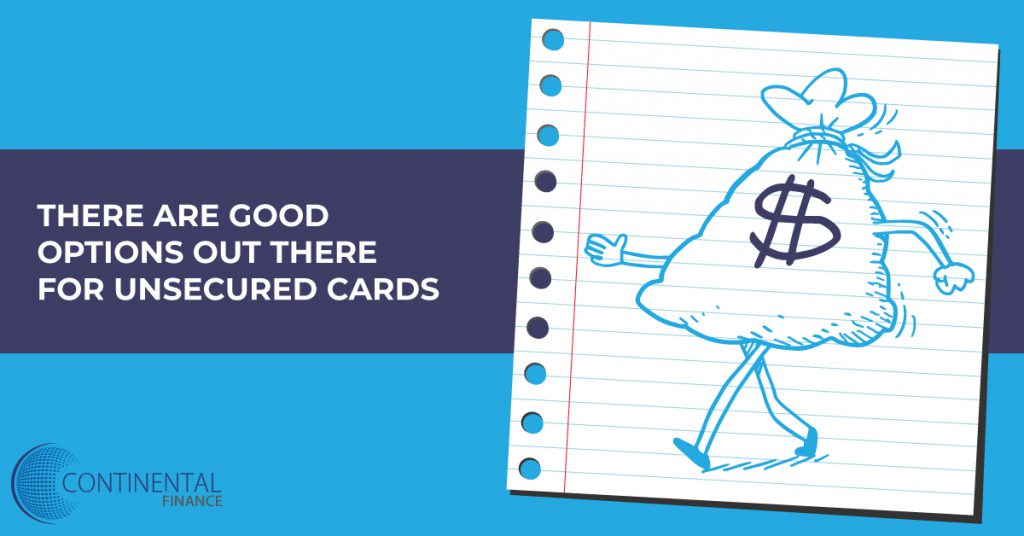
This is especially true regarding features like a comparatively high APR or added fees like monthly maintenance fees.
That’s where the comparison sites fall down. Because there are so few unsecured cards available at that level, the sites often compare the features to secured cards. Missing the obvious: a secured card has more favorable features because to get that card a borrower had to put up money first.
Secured cards have borrowers put money down, alleviating risk such as fraud if your card payments lapse or go delinquent.
Unsecured cards take on all of the risk by providing a line of credit with no security deposit. To protect that risk they have things like a higher APR. That’s just the mechanics of borrowing in action.
And since the end destination for many borrowers, even those with poor credit scores, is an unsecured line of credit, it’s time to ask the big question:
So What are the best unsecured credit cards for building credit?
You want to find the best unsecured credit card available to someone with a bad credit rating or poor credit history. You need to accept some basic characteristics: High APR and fees are going to come with all of your options, even the best ones.
Case in point, the APR is going to shift between 20.24% and 36%. Almost all of your options are going to be at 24.99% with one card offering a variable rate between 20.24% and 26.24%, and a couple of cards on the high end offering 36%.
So when you read card comparison sites and they blast an unsecured card for being over 20% on its APR, saying it’s way too high? Every single card offered is above 20%.
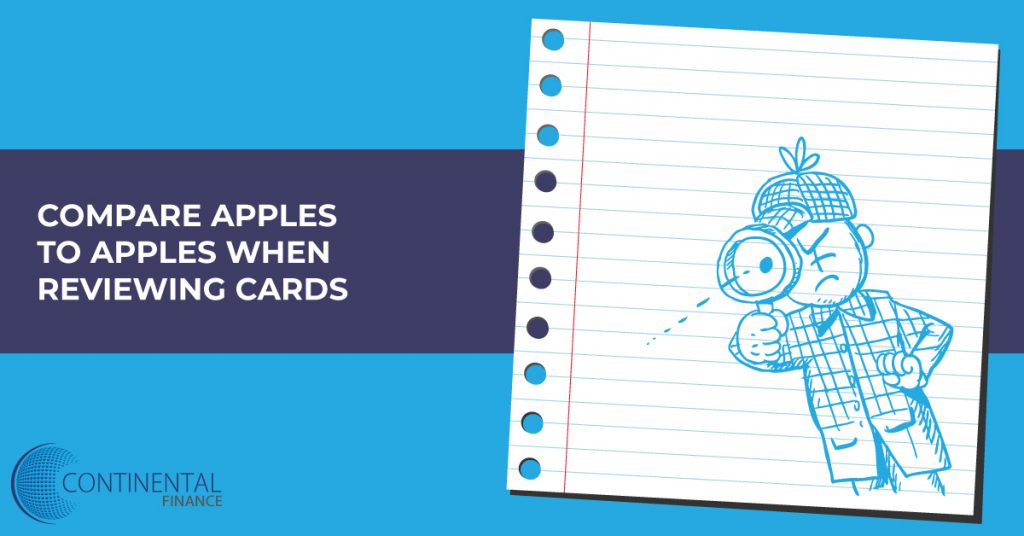
What should you be looking for then?
- You want to look for the easiest card to get. The application process is going to take time. So if you have a pre-qualified or pre-approved offer in hand, start there. A fast and easy application process response time on a pre-qualified offer will get you building credit that much quicker.
- You want to review options that include unsecured credit cards for bad credit. That means you’re going to have to dig deep on card comparison sites.
- Make sure they don’t have a program fee to open or make you simply pay a program fee – You’re already going to have to pay enough fees just having the card.
- You want to have access to your credit score. Either through free online access such as through a mobile app, or printed on your monthly statement. Rebuilding your credit is hard enough without doing it blind.
Note: For those who have no credit, and are wondering “can i get an unsecured credit card with no credit?” The answer is yes. You’re in the same boat as people with poor credit scores.
So follow this guide in much the same way. You’ll be looking at what are the easiest credit cards to get approved for, as well as offers of unsecured credit cards for bad credit with no deposit or
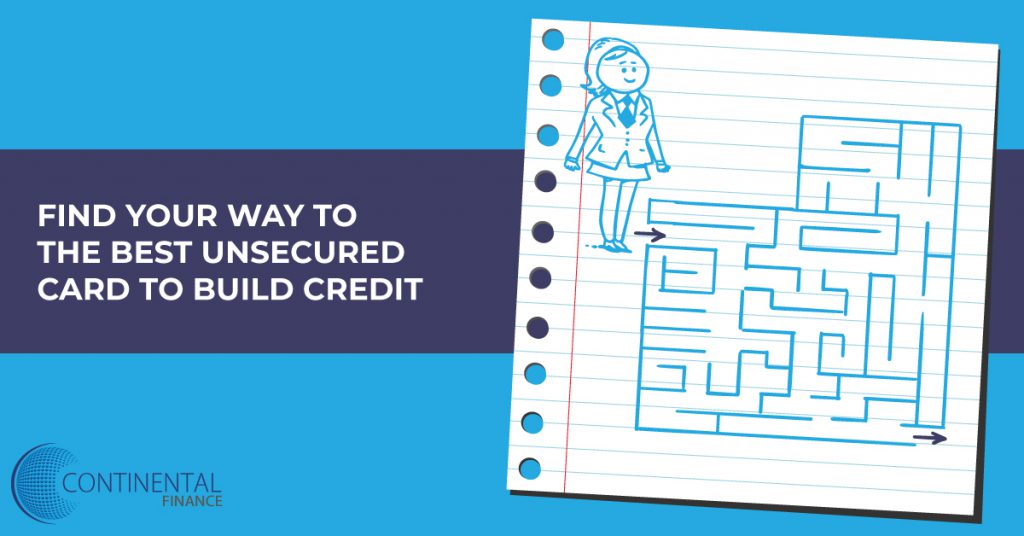
How to Use Your Unsecured Credit Cards to help Build Credit
Now that you have applied for a credit card and been approved, how do you plan to use your unsecured credit cards to establish credit?
Use Your Card Wisely
The first thing you need to do is use the card. But use it wisely.
It seems obvious to say once you’re approved simply pay for things with your card. But you can’t rebuild your credit score if you’re not using your credit card.
Just remember you want to make small purchases like gas, grocery store items or food. These small purchases lead to manageable monthly payments. And they will also be much easier for you to pay off each month.
And that’s key. You want to pay your balance off in full every chance you can.
Doing that on a monthly basis tells both your credit card servicers and the credit bureaus that you can manage your debt effectively.
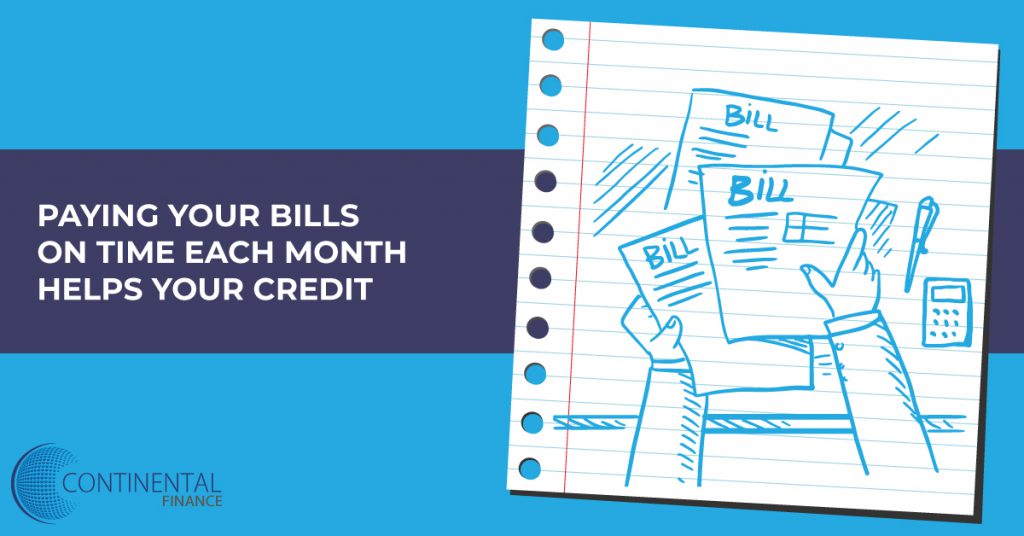
Make Payments On Time
Then next thing you need to do is simply pay your balance on time. Consistent and on time monthly payments are the biggest signal you can provide to the credit bureaus when trying to rebuild your credit history.
Increase Your Credit Limit
If you’ve done the top two steps, often this will happen automatically. But the next step no matter what is: you want to increase your credit limit. Look for any and all credit line increase opportunities provided by your credit card servicer.
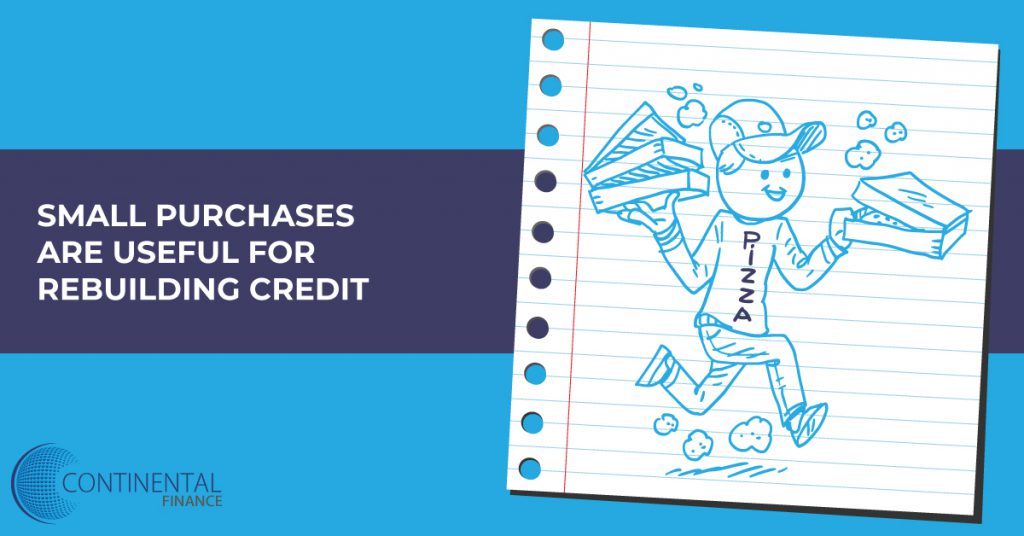
Use Add-Ons Like Experian Boost
The final thing you want to do is look for some outside help. Access to your Experian Boost can help increase your Experian credit score instantly.
And programs like free rent reporting can help you increase your credit score within 30 days.
Conclusion: Unsecured Cards Can Help Rebuild Bad Credit
Next time you’re searching online for the “best credit cards to build credit 2019” or trying to get Google’s help to determine the difference between “secured or unsecured credit card to build credit” just remember this guide!
Unsecured cards are available to people with less than perfect credit! It’s not all elite borrowers raking in free travel miles or big time cash back bonus rewards. There’s unsecured lines of credit for everyone.
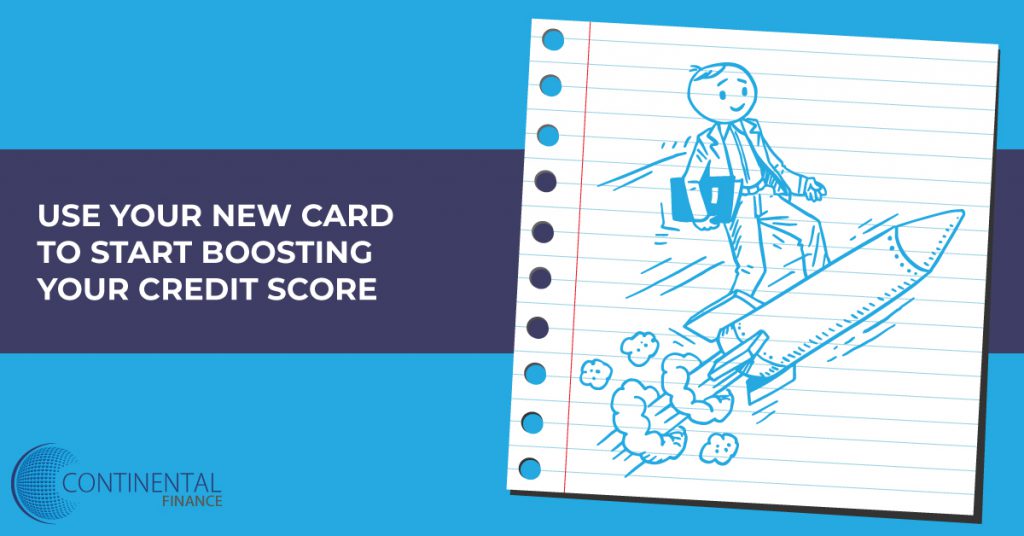
And while the sub-prime range often comes with more fees, when you compare these offers to each other, you’ll find that they are competitive and can help you get back on the track toward a higher credit score and a healthy credit report.

People Also Read
- How to Stay in Your Financial Lane
- How Long Does it Take to Get a Credit Card?
- How to Close Out a Credit Card
Continental Finance is one of America’s leading marketers and servicers of credit cards for people with less-than-perfect credit. Learn more by visiting ContinentalFinance.net